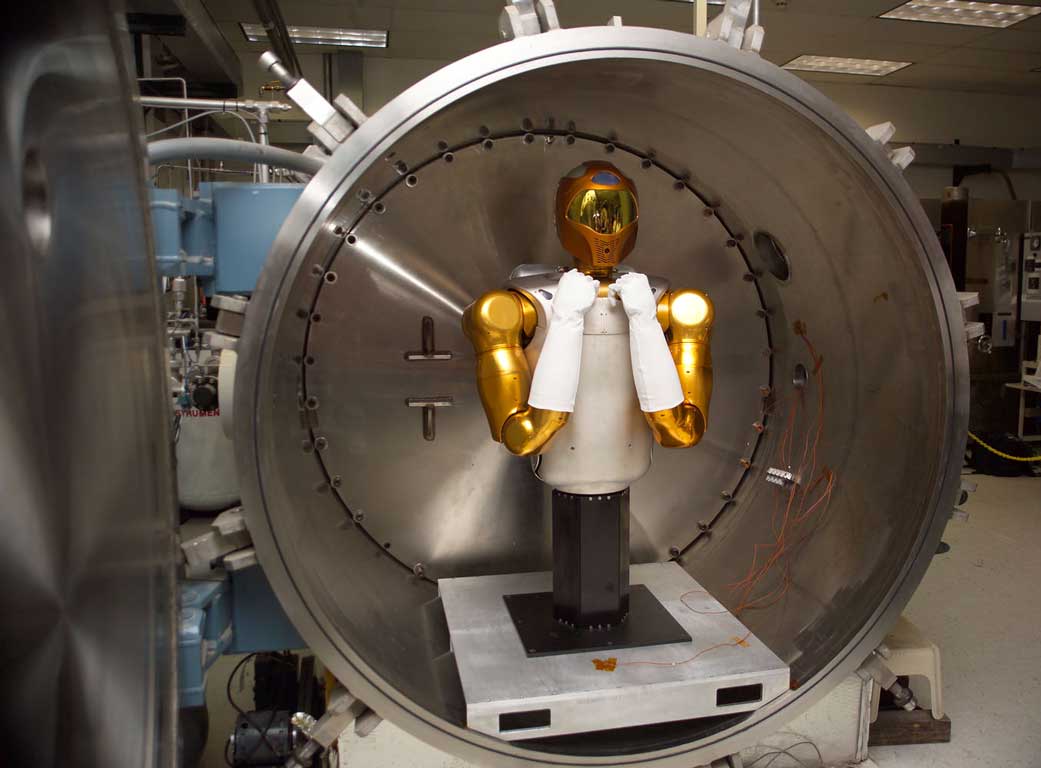Offgassing can be described as your new car smell, the release of chemicals from materials. This is not a concern on earth, where we can open a window and dilute chemicals with fresh air, but in a spacecraft, submarine, or other enclosed spaces it is a different story. Offgassing can become significant if these chemical compounds collect in a closed environment and risks increase as new materials are continuously added. Released chemicals can accumulate with each new material potentially exceeding safety limits and creating a poisonous environment for personnel.
To ensure safe breathing air, our team identifies and quantifies the volatile offgassed products from materials and assembled articles that will be located within habitable regions of a spacecraft such as the International Space Station or the Orion Multipurpose Crew Vehicle. Techniques and instrumentation have been optimized and validated to ensure even very small quantities of toxic chemicals can be reliably detected. Our process includes placing the candidate material or component in a certified-clean container then thermally conditioning it at a set temperature for a specified length of time. The head space atmosphere inside the container is then analyzed to identify and quantify each offgassed compound per “Flammability, Offgassing, and Compatibility Requirements and Test Procedures” (NASA-STD-6001), Determination of Offgassed Products (NASA Test 7)”. The data generated is used to determine the quantity of each material or the number of assembled articles that can be flown concurrently within a spacecraft.




























